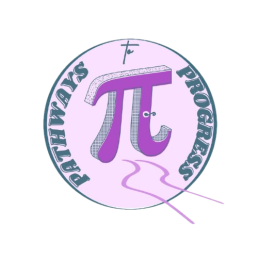13:00
On the construction of string field theories
Abstract
In string theory, elementary particles correspond to the various oscillation modes of fundamental strings, whose dynamics in spacetime is described by a two-dimensional conformal field theory on the worldsheet of the propagating strings. While the theory enjoys several desirable features - UV-finiteness, the presence of the graviton in the closed-string spectrum, a pathway to unification - several aspects remain elusive or unsatisfactory, including the on-shell and perturbative nature of string scattering amplitudes and the presence of infrared divergences. String field theory - the formulation of string theory as a quantum field theory - provides a unique and complete framework for describing string dynamics, allowing for example to compute off-shell amplitudes and non-perturbative contributions, to regulate infrared divergences and to approach background independence. This talk will be concerned with the construction of string field theories. Following a brief review of string theory, I will introduce the string fields, and discuss the construction of a string field action and the associated Feynman diagrams. Finally, I will mention some applications before concluding.
Junior Strings is a seminar series where DPhil students present topics of common interest that do not necessarily overlap with their own research area. This is primarily aimed at PhD students and post-docs but everyone is welcome.


